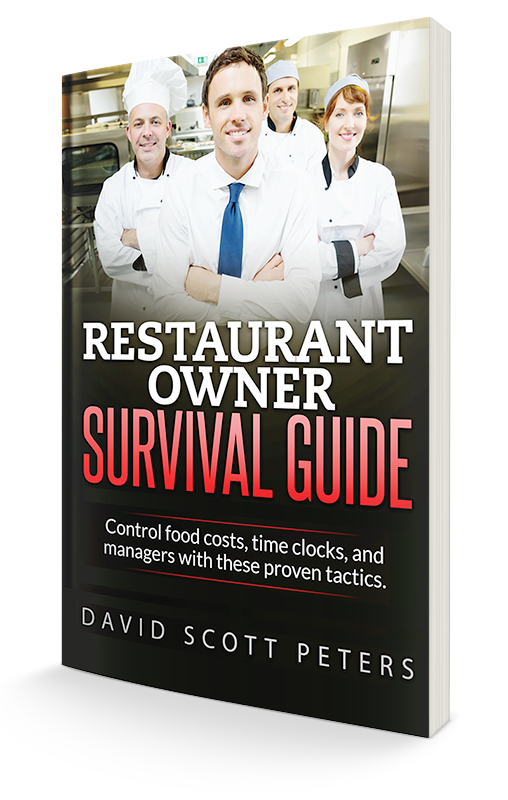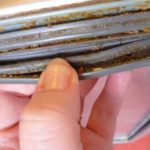Use this Number to Calculate Prime Cost Correctly
In this article, I covered the difference between gross and net sales and why the distinction is so important, which is to ensure you calculate your restaurant’s prime cost correctly. Your restaurant prime cost is the most important number in your restaurant (your total cost of goods sold (food, NA beverage, liquor, bottle beer, draft beer and wine cost) plus your total labor cost including taxes, benefits and insurance).
Gross vs net sales
Great! So which sales figures do you use to calculate your restaurant prime cost? GROSS SALES!
Let me show you why. Let’s say you asked your chef or kitchen manager to do a recipe costing card for a burger to come in at a 30 percent food cost target. He or she does exactly that, creates a burger recipe costing card using $3 in product and decides you can sell that burger for $10. Divide (the cost of the recipe) by sales (the menu price) to get your food cost, in this case 30 percent.
Let’s say you decide to run a BOGO offer (buy on get one free) for burgers. This promotion is wildly successful at driving guests in the door. That means for every other burger you sell, you are discounting $5, making the gross sales figure $5, not $10, and the net sales figure $5. The recipe costing card still requires the kitchen to use $3 in product. When calculating food cost off of net sales, use ($3) divided by sales (net sales of $5), gives you a cost of goods sold of 60 percent. It’s doubled!
Now let me ask you a question, is it your chef or kitchen manager’s fault that you decided to run an aggressive coupon offer and that his or her food cost has shot through the roof because of it? No, your chef or kitchen manager has no control of promotional discounting. To be fair, you must measure your chef or kitchen manager off of gross sales, not net sales, to know if they are running the kitchen properly.
Don’t get me wrong, discounts need to be tracked and controlled. Because discounting is real money you don’t collect. It’s like saying to your guest, “no thanks, don’t pay me what the menu says. Go ahead and just give me less.” And the last time I checked, cash is still king in your business. It’s how you pay your bills. You can’t go to the power company with a case of steaks and say, “Boom, we’re even!”
The big example
Maybe you’re still not following me or buying into my logic? Let me give it to you another way. For argument’s sake, let’s say you’ve decided you are going to close your restaurant to the general public tomorrow so that you can host your favorite charity event. It’s going to be a huge day! It’s a $20,000 event. And because it’s your favorite charity, you decide you are going comp/discount the event by 50 percent. Gross sales for the day would be $20,000, while net sales would be $10,000.
Do you bring in staff to handle a $20,000 day or a $10,000 day? You have to go with the $20, 000 day, right? Do you purchase food and beverage to handle a $20,000 day or a $10,000 day? It’s a $20,000 day, right? So do you want to measure your prime cost off of gross sales or net sales? The answer is gross sales.
With this example, you can quickly see the answer is you should be using your gross sales to track your cost of goods sold and labor costs, ultimately giving you the right restaurant prime cost numbers to manage your restaurant.
Garbage in, garbage out
The phrase garbage in, garbage out refers to arithmetic, spreadsheets and software. If you input wrong numbers into a formula, you will get wrong numbers. If you try running your business off of wrong numbers, you will get wrong results!
For example, let’s say your restaurant runs 4 percent discounts for employee meals and general operational discounting such as bad service or bad food. In addition, you run 6 percent discounts from promotional marketing. Combined, your restaurant runs at a 10 percent discount rate.
Using these numbers, take a look at the different results you would get by using gross vs net sales.
Your prime cost would be 6.2 percent over budget when you measure using net sales, where in actuality your management team did a great job and had you on budget at a 55 percent prime cost when you use gross sales as the measurement.
It’s not your management team’s fault you are running with aggressive discounting to market your restaurant. And if there was not discounting, and they followed recipe costing cards and brought in the labor to handle the business as budgeted, the correct measurement on how they are doing their jobs is when you use gross sales to calculate your prime cost.
Have no fear, when you are set up to use SMART Systems Pro, we make sure you are using gross sales. But if you are using gross sales in your QuickBooks, you will get a different number. We recommend you have both SMART Systems Pro and QuickBooks match, so you should use gross sales in both and make sure discounts are not in the sales section of your P&L, but rather in the expenses section.
If you need more help understanding why gross sales are the key to accurate restaurant prime cost numbers, please set up a free coaching session and one of us will be more than happy to help.
To learn more about restaurant prime cost and predicting your restaurant’s profitability, read our special report, Breaking Away from the Insanity: How to easily take control of your restaurant and make more money. Download it here.





